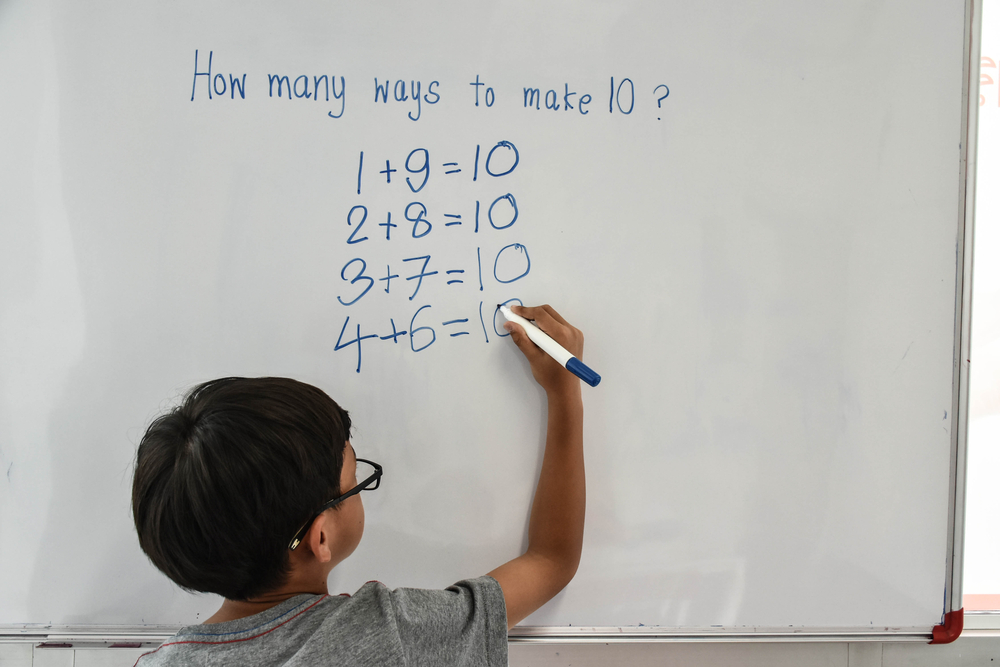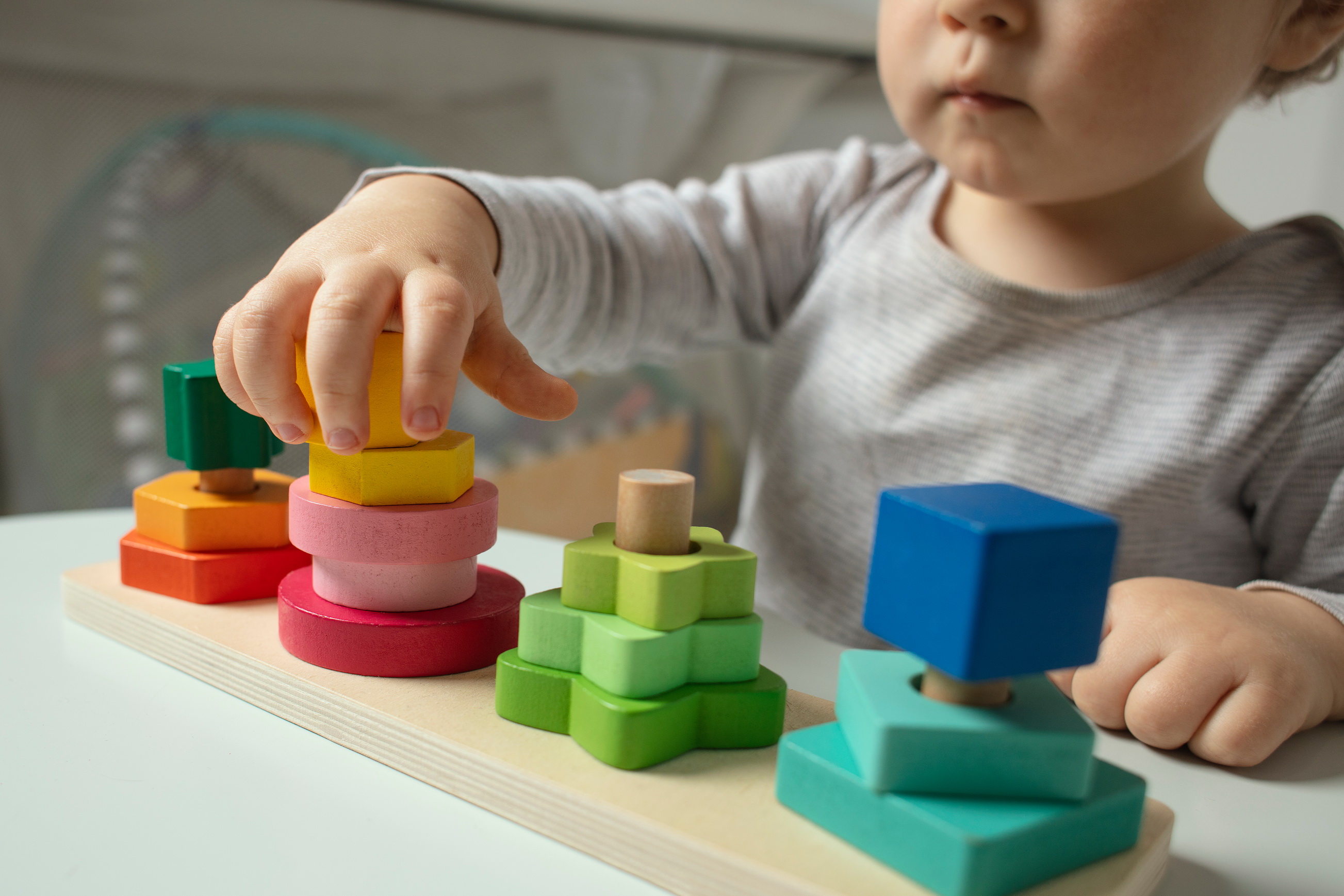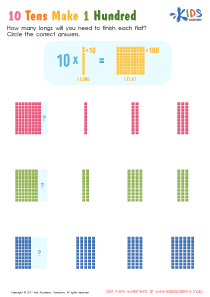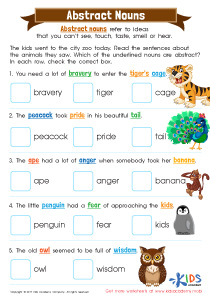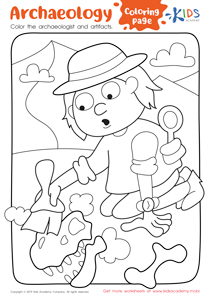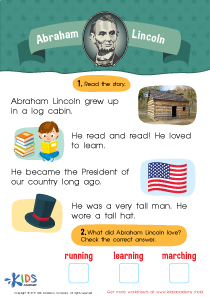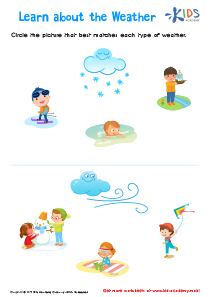Normal Counting worksheets activities for 4-Year-Olds
1 filtered results
-
From - To
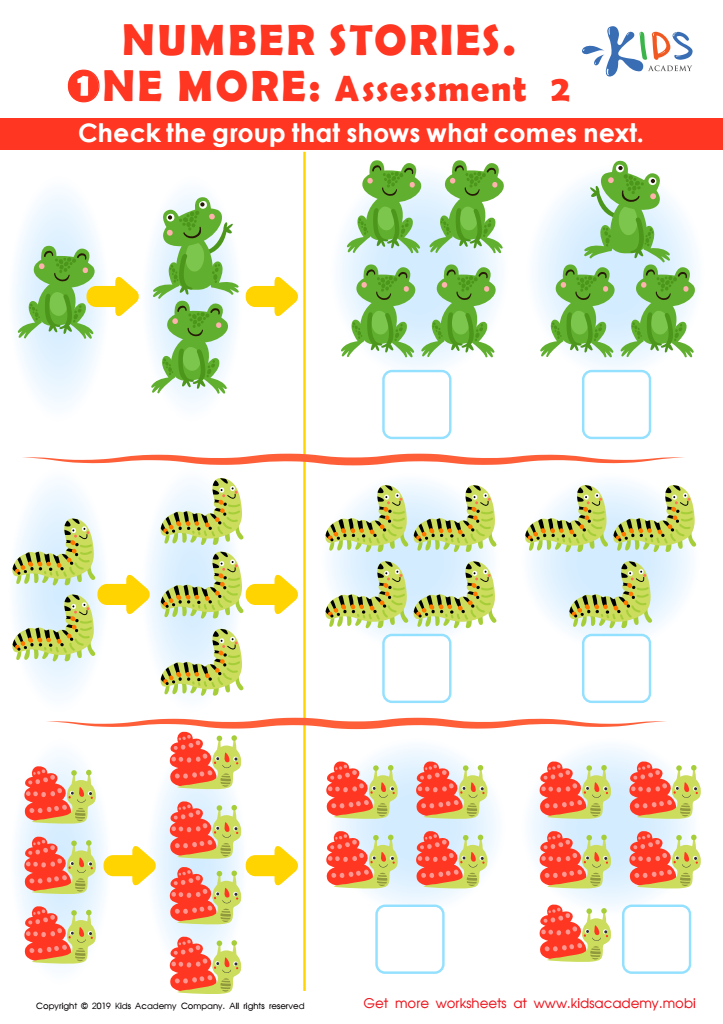

Number Stories One More – Assessment 2 Worksheet
Normal counting worksheets activities play a crucial role in the foundational development of young learners, especially in the realm of mathematics. These activities are not only fundamental in teaching children how to count but also in developing their ability to recognize numbers, understand numerical order, and grasp basic arithmetic concepts. The significance of these worksheets stretches far beyond mere rote learning; they are pivotal in fostering a deeper understanding and appreciation for the world of numbers.
First and foremost, normal counting worksheets activities are designed to engage children in a structured and gradual learning process. This structured approach ensures that learners can progress at their own pace, building confidence as they master counting from one to ten, then twenty, and beyond. The repetitive nature of these activities reinforces learning, making the information more retainable and accessible for young minds.
Moreover, these worksheets often incorporate a variety of methods to teach counting, including pictures, dots, and number lines. This diversity in teaching methods caters to different learning styles, ensuring that all children have the opportunity to grasp counting in a way that resonates best with them. For instance, visual learners might find counting through pictures more intuitive, while kinesthetic learners might benefit from using physical objects to count.
In addition, normal counting worksheets activities lay the groundwork for future mathematical skills. A solid understanding of counting is essential for tackling more complex concepts such as addition, subtraction, and even multiplication. These worksheets serve as the first step in a long journey towards mathematical proficiency, providing the essential building blocks needed for success.
Finally, engaging in counting worksheets helps to develop a child's problem-solving and critical thinking skills. As they work through different counting challenges, they learn to identify patterns, make predictions, and solve problems, all of which are key skills not just in mathematics but in life as a whole.
In conclusion, normal counting worksheets activities are a fundamental component of early childhood education. They not only teach children how to count but also prepare them for a future where they can approach mathematical problems with confidence, curiosity, and a strong foundation of knowledge.
 Assign to the classroom
Assign to the classroom

